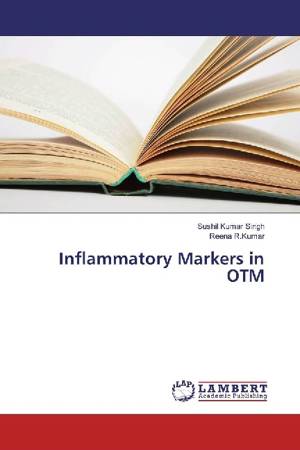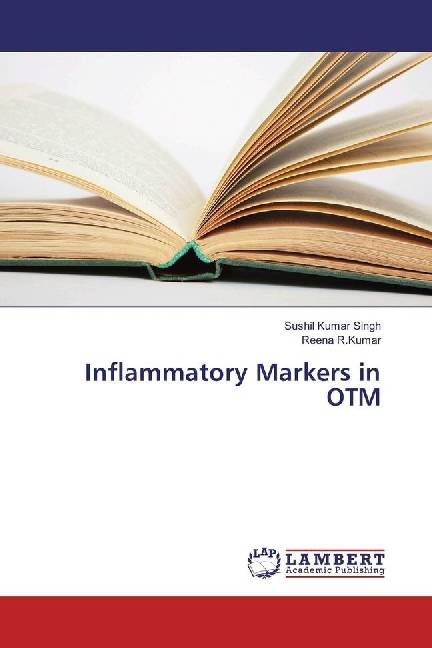
Je cadeautjes zeker op tijd in huis hebben voor de feestdagen? Kom langs in onze winkels en vind het perfecte geschenk!
- Afhalen na 1 uur in een winkel met voorraad
- Gratis thuislevering in België vanaf € 30
- Ruim aanbod met 7 miljoen producten
Je cadeautjes zeker op tijd in huis hebben voor de feestdagen? Kom langs in onze winkels en vind het perfecte geschenk!
- Afhalen na 1 uur in een winkel met voorraad
- Gratis thuislevering in België vanaf € 30
- Ruim aanbod met 7 miljoen producten
Zoeken
€ 35,45
+ 70 punten
Omschrijving
It is a well documented fact that orthodontic tooth movement (OTM) is a periodontal ligament phenomenon. Orthodontic forces are generated by orthodontic wires, brackets, springs and other auxiliaries. These forces are transmitted to the periodontal ligament cells (PDL), nerves, blood vessels, PDL fibres and extracellular components; which in turn effect structural remodelling of the alveolar bone resulting in socket remodelling - bringing about OTM. Clinically, OTM is described as rapid or slow movement, based on the orthodontic forces and may be classified as heavy or light. Hence the concept of optimum orthodontic force values comes to play, producing best histologic and clinical outcomes. Optimum orthodontic force, as defined by Oppenheim1 (1911), and Schwarz2 (1932) results in change in tissue pressure which approximates capillary blood pressure bringing about frontal resorption and preventing occlusion of the vessels avoiding large necrotic areas.
Specificaties
Betrokkenen
- Auteur(s):
- Uitgeverij:
Inhoud
- Aantal bladzijden:
- 76
- Taal:
- Engels
Eigenschappen
- Productcode (EAN):
- 9783330330825
- Uitvoering:
- Paperback
- Afmetingen:
- 150 mm x 220 mm

Alleen bij Standaard Boekhandel
+ 70 punten op je klantenkaart van Standaard Boekhandel
Beoordelingen
We publiceren alleen reviews die voldoen aan de voorwaarden voor reviews. Bekijk onze voorwaarden voor reviews.









